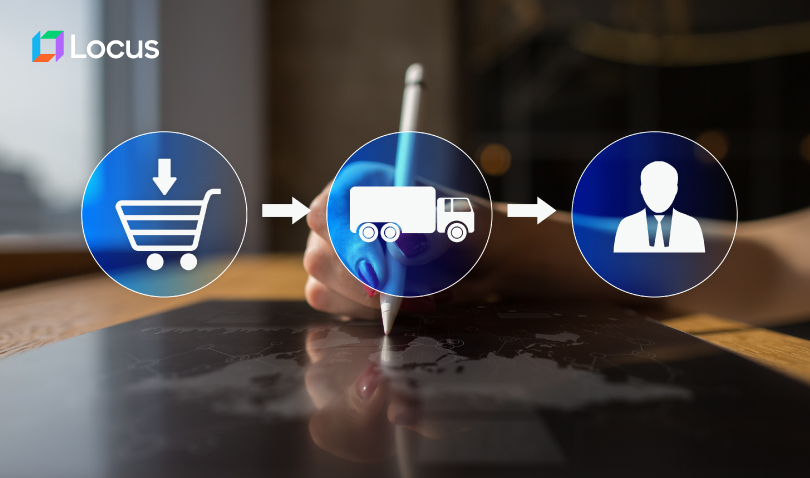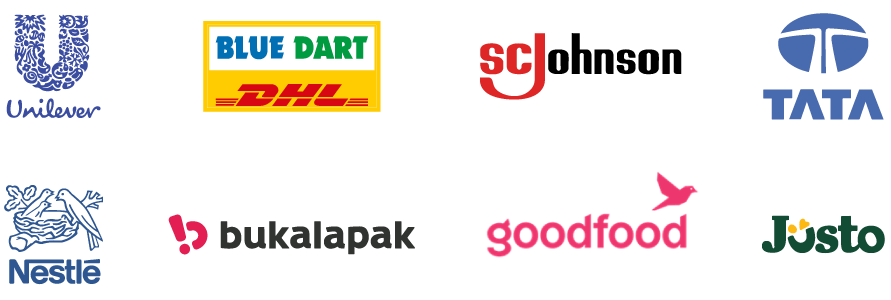The decision of owning a fleet versus outsourcing transportation and distribution is a very important decision for any company. Cost and efficiency are two major factors that influence this decision. In this paper, we simulate multiple scenarios in which these two factors are tested for optimality in both captive and outsourced fleet.
Why read this whitepaper?
The objective of this white paper is to help businesses make smart and informed decisions on their fleet requirement for the all-mile movement.
We start with understanding the impact of the increase in the number of orders on distance traveled and journey time, and eventually, the cost of operations. This activity is repeated for outsourced and in-house fleet operating models.
The following metrics were explored with respect to an increase in the number of orders/day:
Change in number of miles per order (for in-house)
Operational costs for outsourced and captive fleet models
Break even point and further extrapolation.
New York Metropolitan area has been chosen for this study, implying, the geographic and cost data for various entities of the New York metro area has been factored into the calculations to make the model relatable with various retail, 3PL/4PL and E-commerce businesses that operate in the area.
Since the business models and operational processes are different for in-house and outsourced transportation, different approaches have been used to perform the study. A combination of real-time constraints, on-ground data, research data and assumptions have been used to calculate the total transport cost.

Whitepaper

Whitepaper

Whitepaper

Whitepaper

Whitepaper
Schedule a demo with one of our industry experts
How can Locus help manage your logistics?
Join Industry Leaders:



